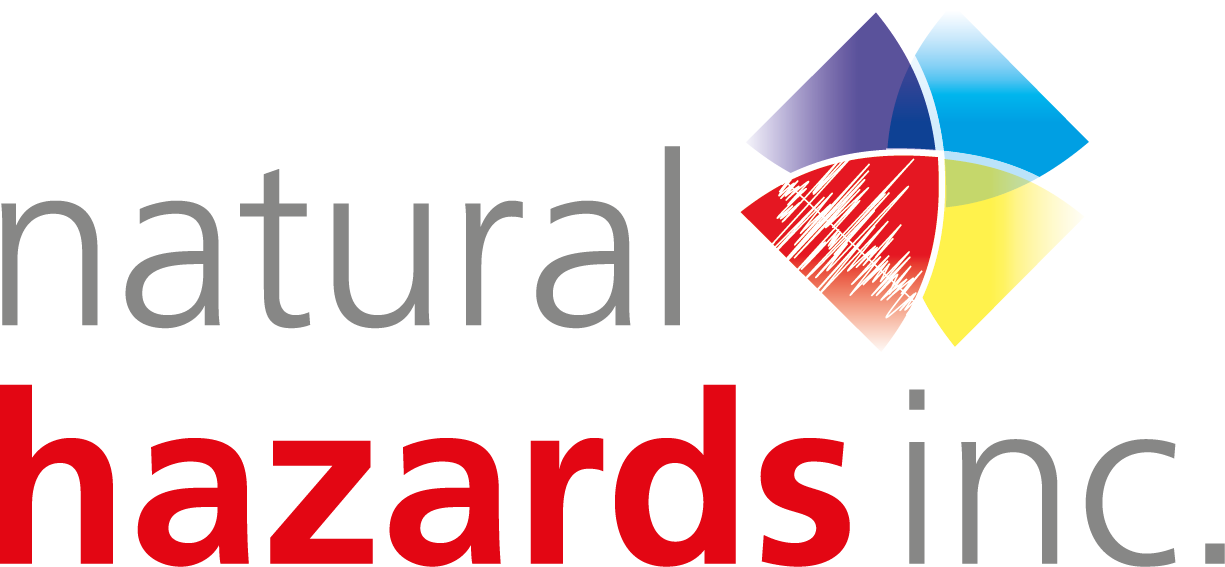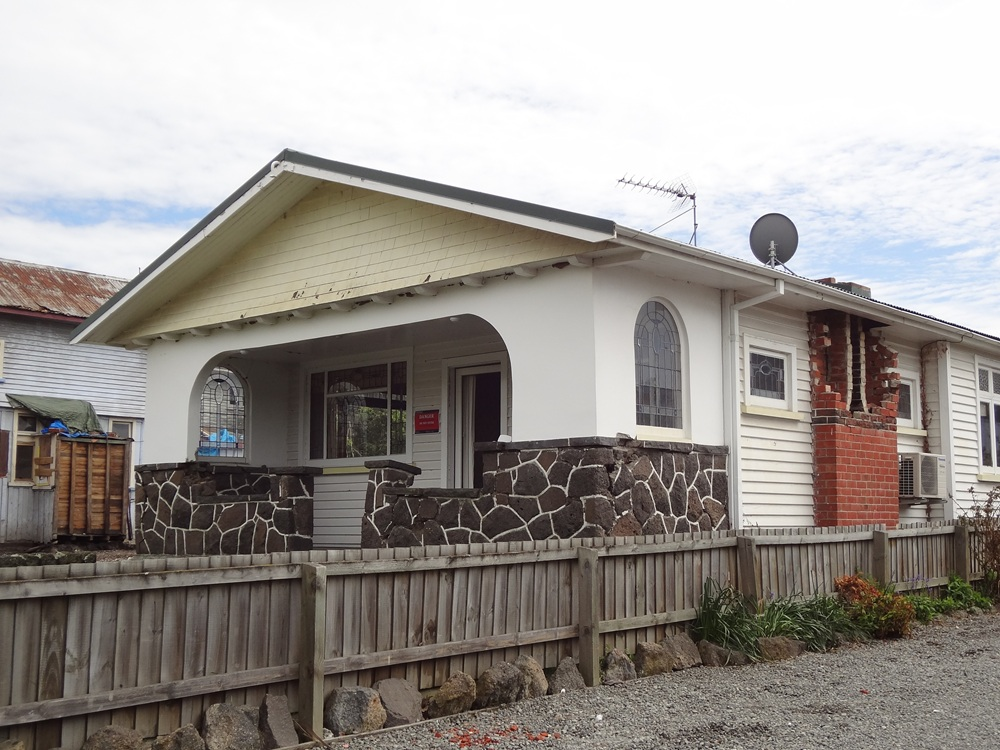RESOURCES SERIES: Earthquake-safe Buildings
ARTICLE 21 in a series of Educational Articles for Developing Nations to Improve the Earthquake Safety of Buildings
ABOUT THIS SERIES OF RESOURCES >>
Most of these articles focus on ensuring that structures of buildings protect inhabitants during earthquakes. The aim is to avoid serious structural damage. If this goal is achieved, then lives are saved. It may also be technically and economically feasible to repair the structure post-earthquake. But what about damage to the rest of the building?
In terms of cost, main structure represents a modest percentage of the overall cost of a building. Typically, approximately 70% of a building’s cost arises from parts other than structure. These are usually referred to as “non-structural components”, such as chimneys, roof coverings (e.g., tiles), cladding, glazing, partitions, ceilings, mechanical and electrical systems, and so on. And we shouldn’t forget the building contents, which may be very expensive. Not only do all these non-structural elements represent a huge financial investment, but during an earthquake, many are hazardous.
There are two causes of damage to non-structural components. The first is due to the sideways horizontal movement of the structure. Secondly, these components or elements are damaged by the accelerations from the earthquake shaking. See images by searching “nonstructural earthquake damage” online.
Sideways movements that occur during earthquakes are likely to damage elements like masonry cladding and partition walls. When an upper floor of a building moves horizontally further than the floor beneath, we expect damage to these elements (Figure 1). After all, stiff and brittle walls are incompatible with relatively flexible structural frameworks. Damage to elements such as walls can be reduced by either making them flexible (dry framing), or separating them from the columns and floor above. Careful architectural detailing is required.
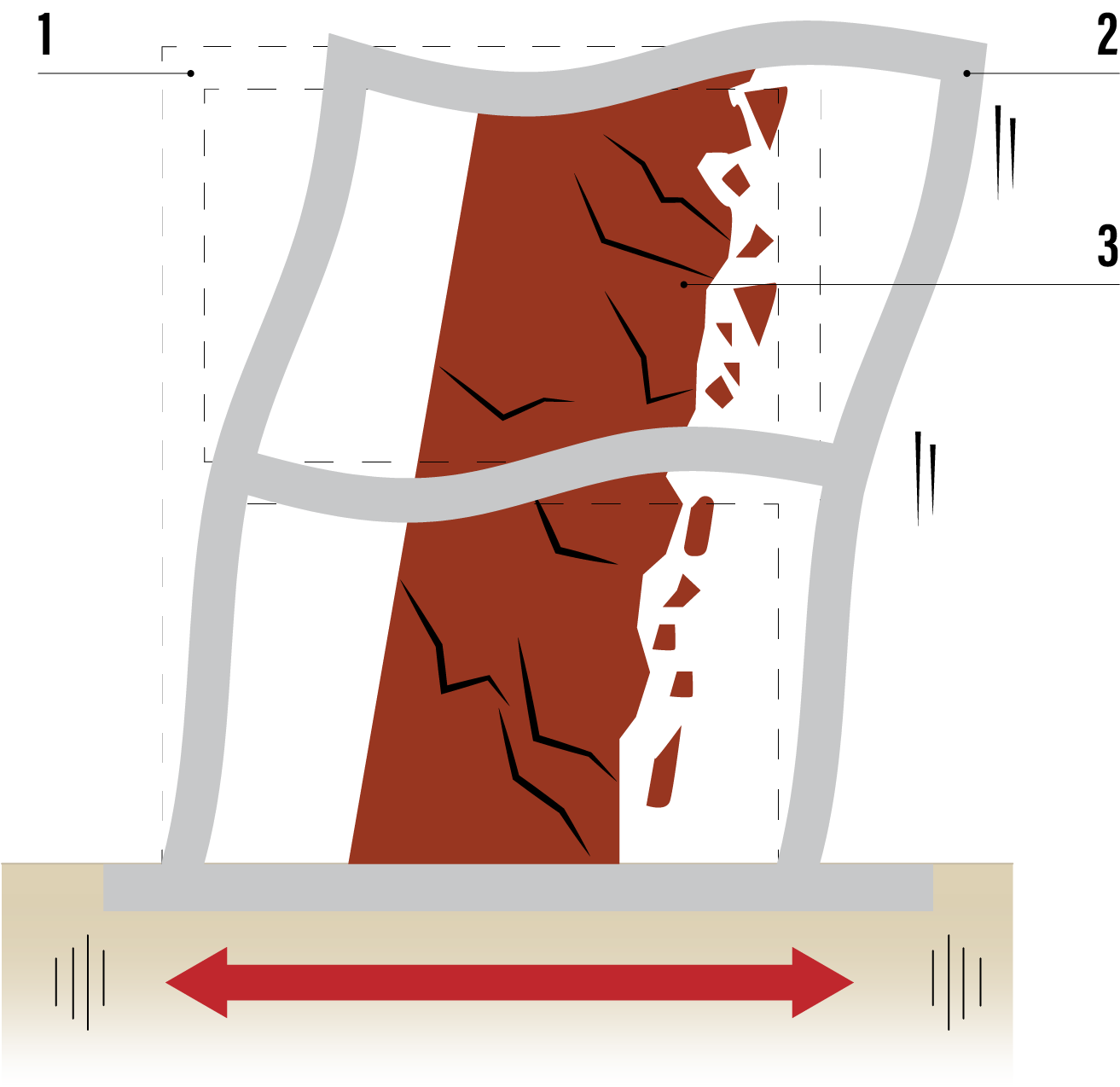
Figure 1. A structural frame before (1) and during an earthquake (2). Partitions (3) attached to floors above and below are damaged by horizonal movement due to the frame swaying.
Most other non-structural elements are damaged by earthquake accelerations. Intense shaking can break elements, shake them loose from their fixings so they fall over (Figures 2-4). Unrestrained building contents are flung around, causing injury and breakage. The lesson learned from previous earthquakes is that non-structural elements should be restrained. All items, including water tanks and mechanical and electrical equipment must be restrained (Figure 5). Otherwise, during shaking they will slide or overturn, often causing far more damage than they themselves sustain. Refer to the document FEMA E-74 for examples of typical restraint methods. Many methods of restraining equipment are relatively cheap and are a wise investment by preventing damage during an earthquake.
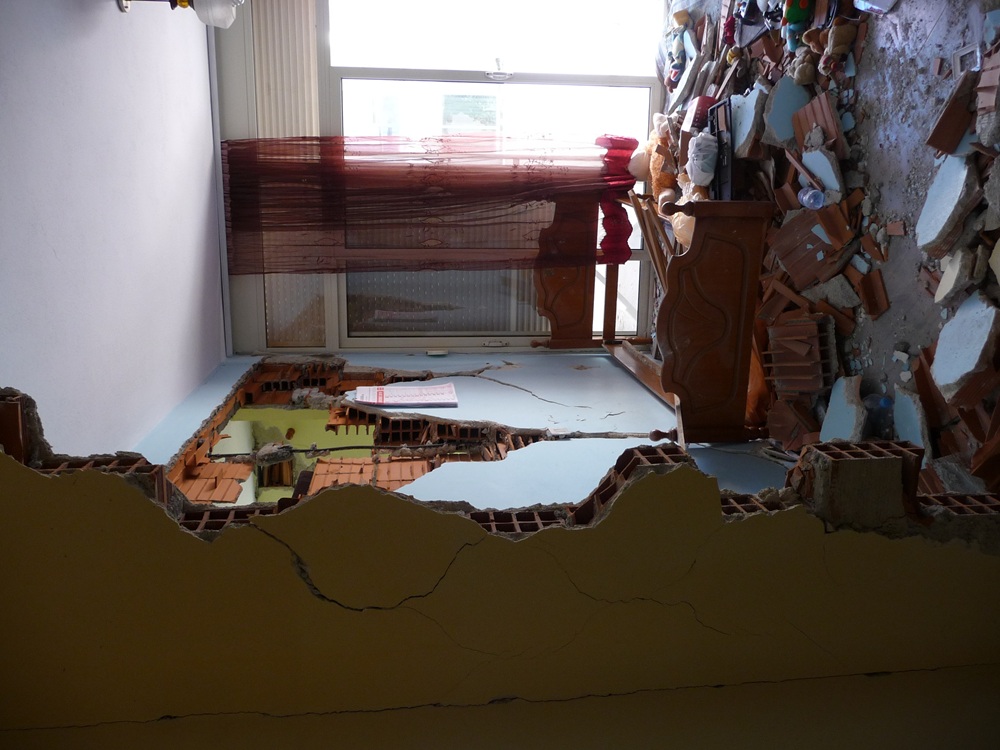
Figure 2. Walls damaged by earthquake shaking pose risk to life.
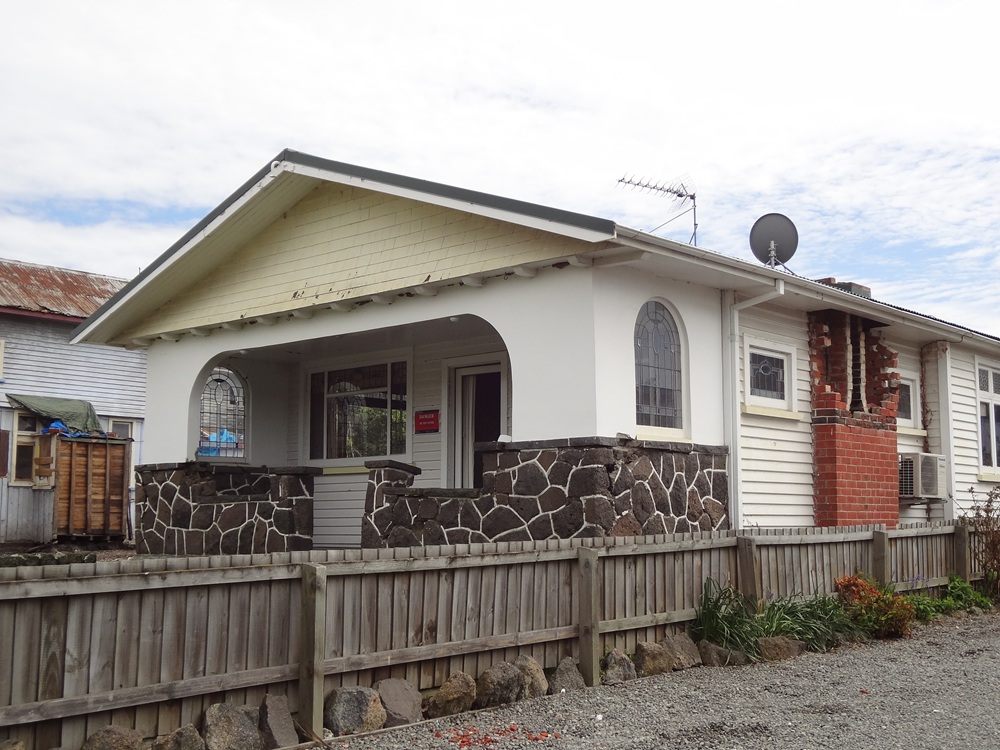
Figure 3. A brick chimney has broken off at roof level and fallen. Most of the remaining chimney is damaged (N. Allaf).
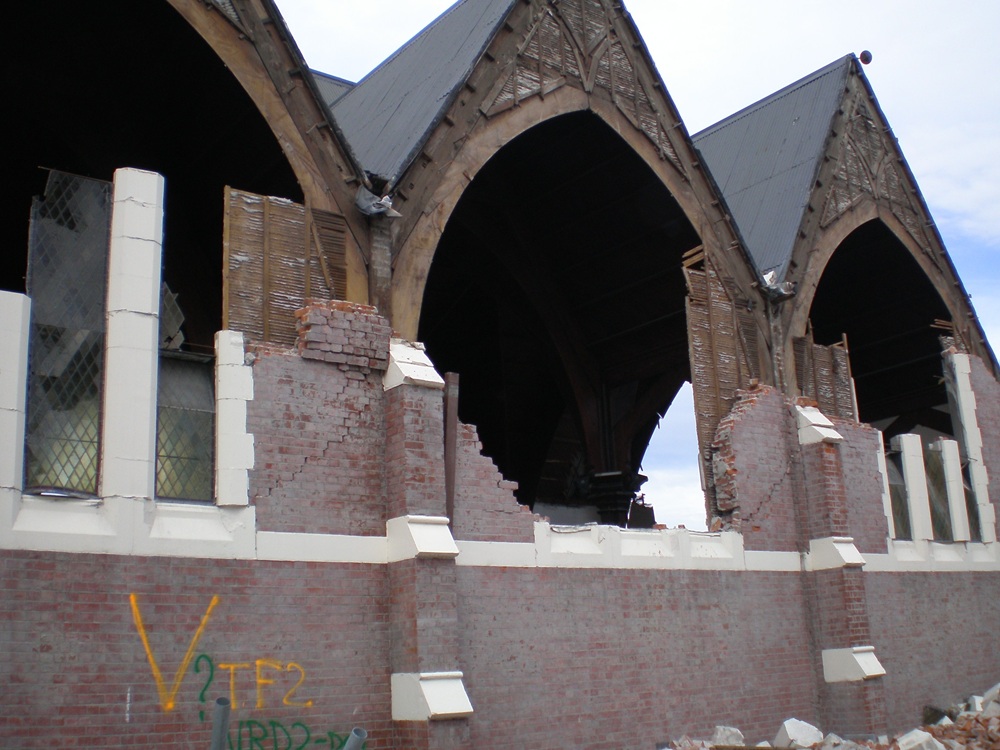
Figure 4. An earthquake has destroyed most of the brick cladding and glazing of this building.
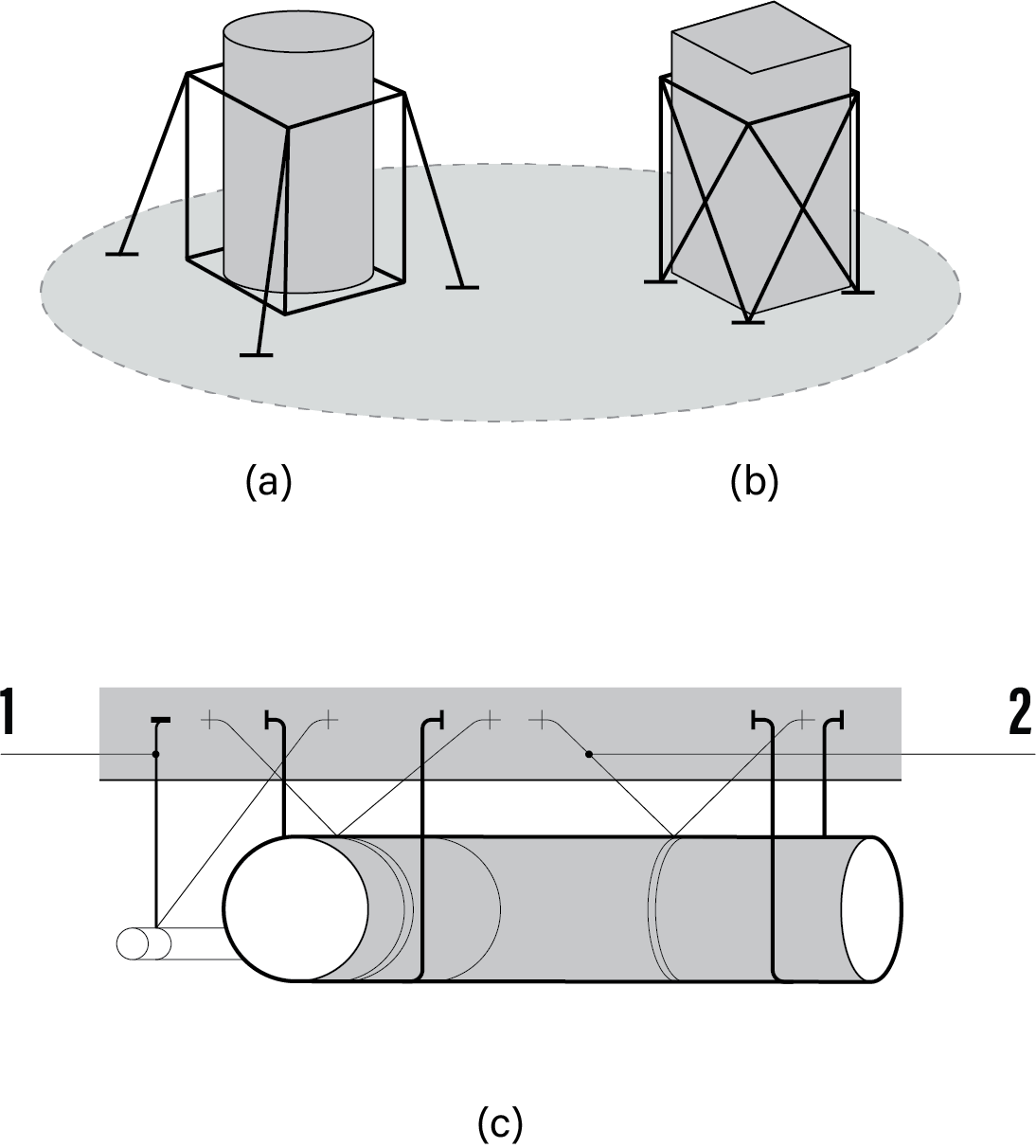
Figure 5. Tanks (a) and mechanical equipment (b) should be braced against earthquake. Also, in (c) pipework hangers (1) and ducting are braced (2).
References:
Charleson, A. W., 2008. Seismic design for architects: outwitting the quake. Oxford, Elsevier, pp. 173-186.
FEMA, 2012. Reducing the Risks of Nonstructural Earthquake Damage—A Practical Guide (FEMA E-74) https://www.fema.gov/media-library-data/1398197749343-db3ae43ef771e639c16636a48209926e/FEMA_E-74_Reducing_the_Risks_of_Nonstructural_Earthquake_Damage.pdf.
Murty, C. V. R., 2005. How can Non-structural Elements be protected against Earthquakes? Earthquake Tip 27. IITK-BMTPC “Learning earthquake design and construction”, NICEE, India. http://www.iitk.ac.in/nicee/EQTips/EQTip27.pdf (accessed 5 May 2020).
Nonstructural. Mitigation Center. Earthquake Engineering Research Institute. https://mitigation.eeri.org/category/structures/non-structural-abc-testing.
<< PREVIOUS ARTICLE I NEXT ARTICLE >>
RESOURCES SERIES
INTRODUCTION:
About this resources series
- Earthquakes and How They Affect Us
- Avoiding Soil and Foundation Problems during Earthquakes
- Three Structural Systems to Resist Earthquakes
- Why Walls Are the Best Earthquake-resistant Structural Elements
- Are Walls in Buildings Helpful during Earthquakes?
- How Do Buildings with Reinforced Concrete Columns and Beams Work in Earthquakes?
- Principles for Earthquake-safe Masonry Buildings
- Tying Parts of Buildings Together to Resist Earthquakes
- Local Wisdom and Building Safety in Earthquakes
- Infill Walls and How They Affect Buildings during Earthquakes
- A Common Structural Weakness to Avoid: Soft Story
- A Common Structural Weakness to Avoid: A Discontinuous Wall
- A Common Structural Weakness to Avoid: Short Column
- Preventing a Building from Twisting during Earthquake
- Why Buildings Pound Each Other during Earthquakes
- Construction Codes and Standards
- What to Look for in Building Regulations
- What to Expect from a Building Designed according to Codes
- Importance of Checks during the Design of Buildings
- Importance of Checks during the Construction of Buildings
- Preventing Damage to Non-structural Components
- Retrofitting Buildings against Earthquake
- Advanced Earthquake-Resilient Approaches for Buildings
- Urban Planning and Earthquake Safety
- Tsunamis and Buildings
